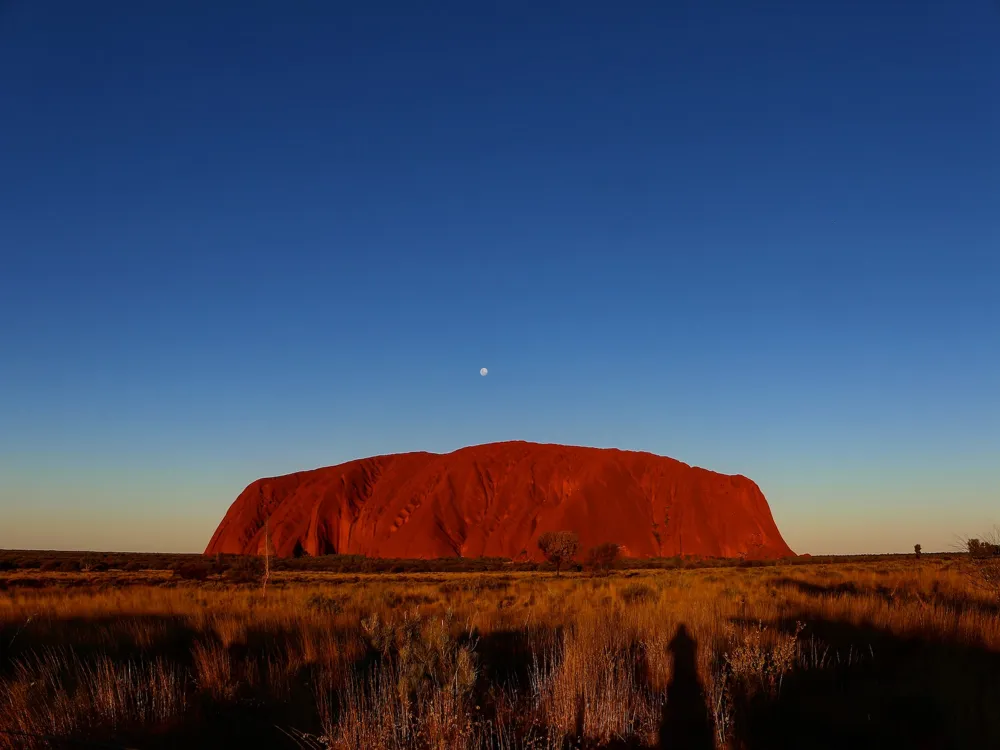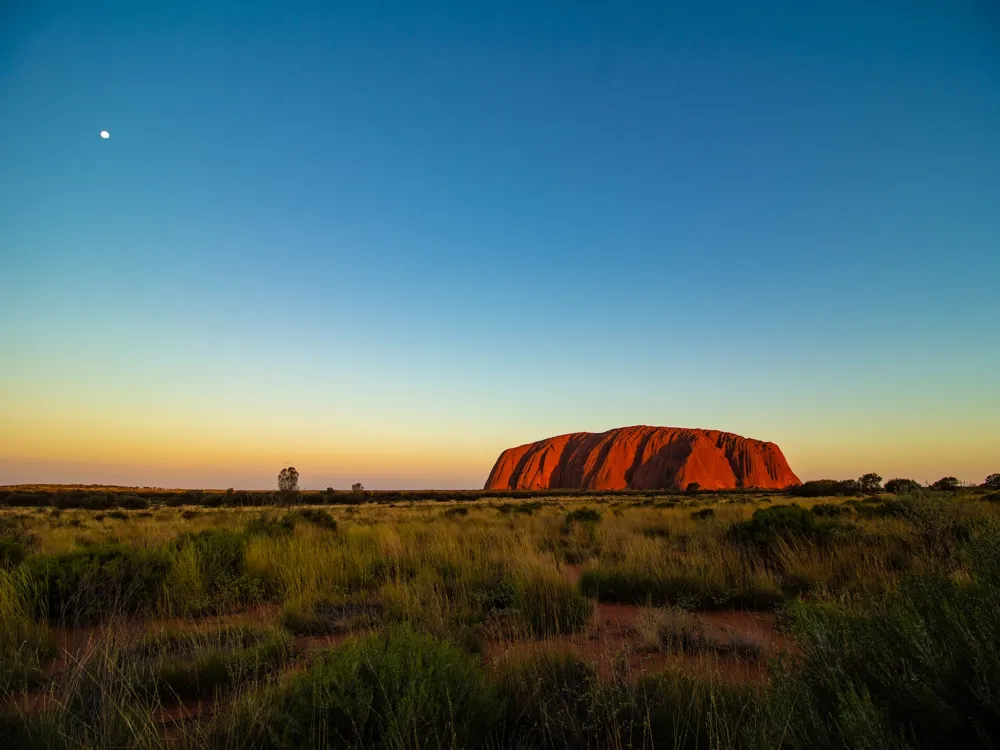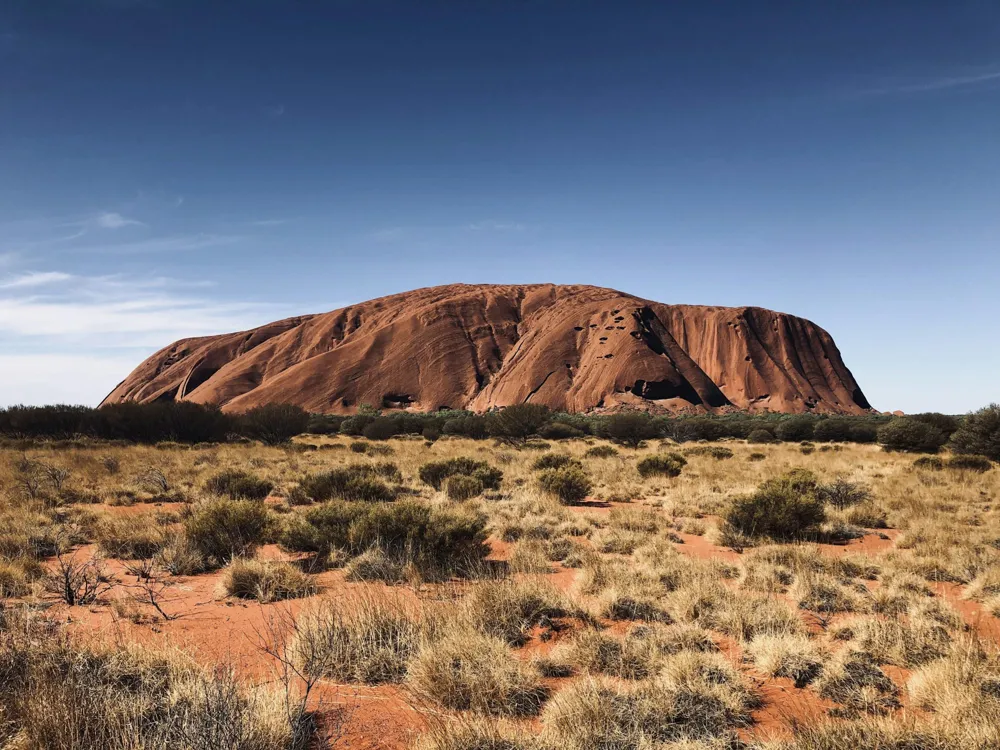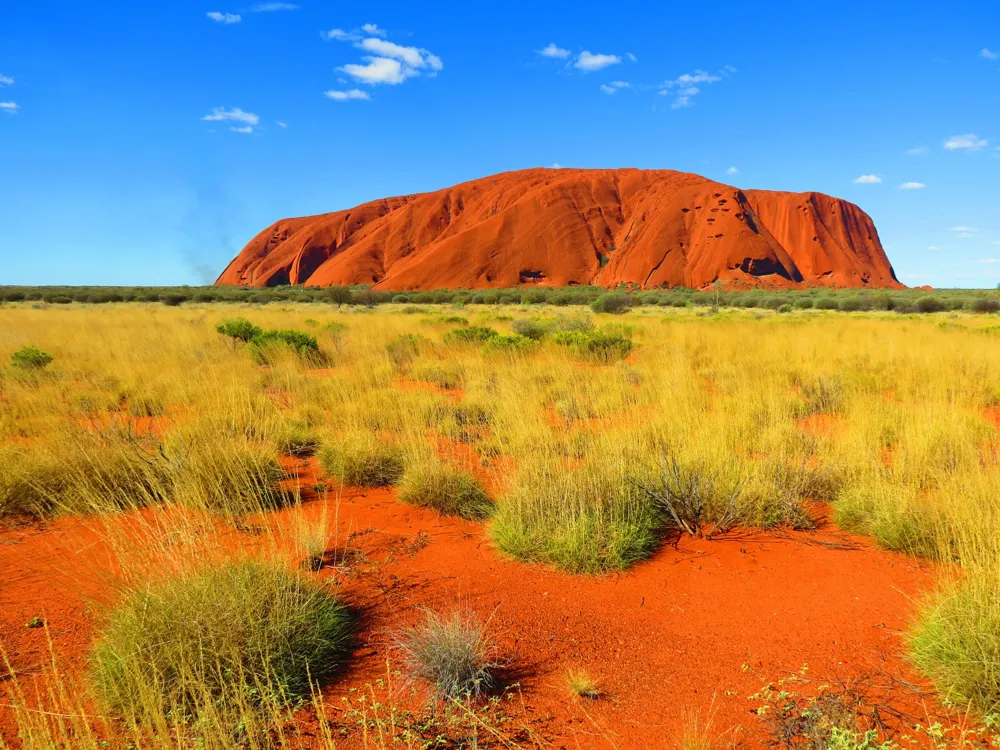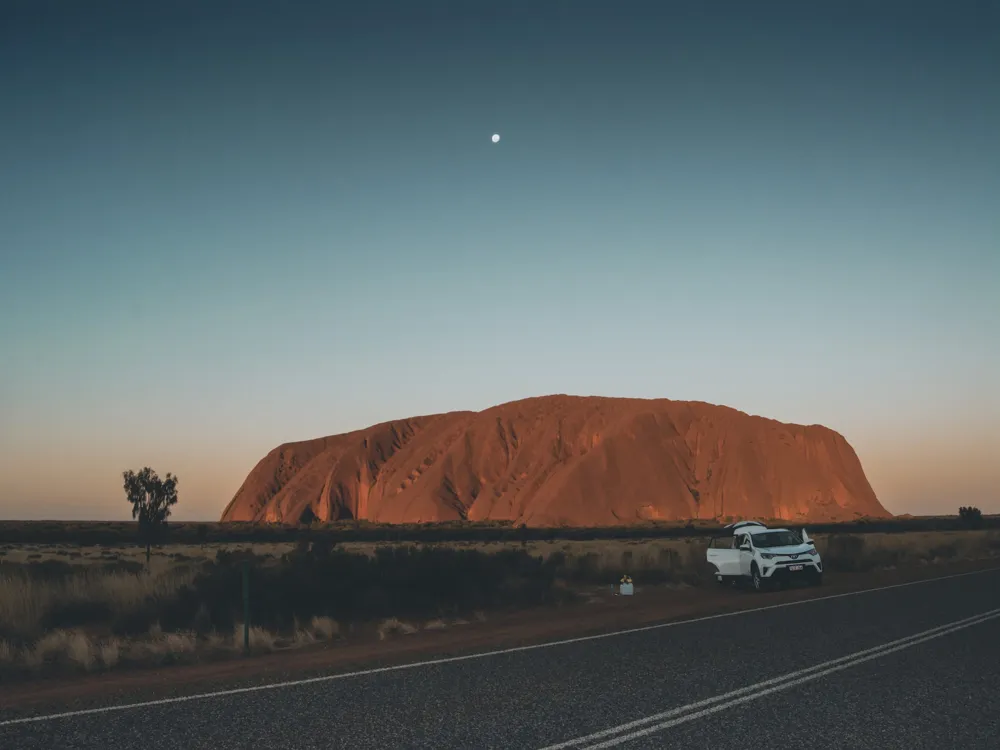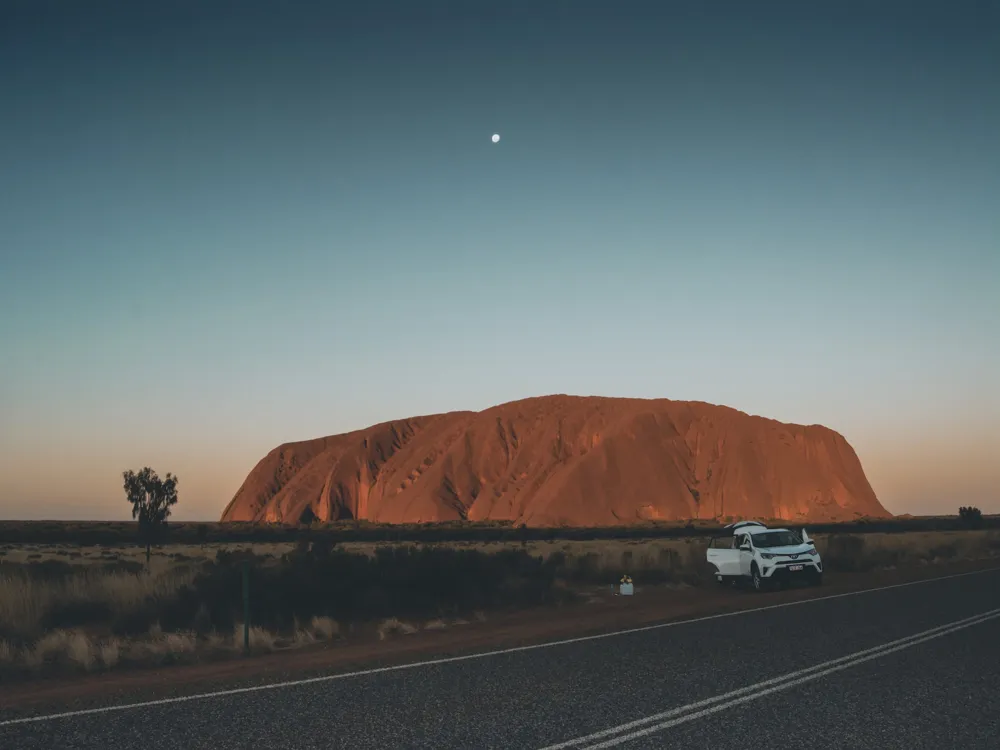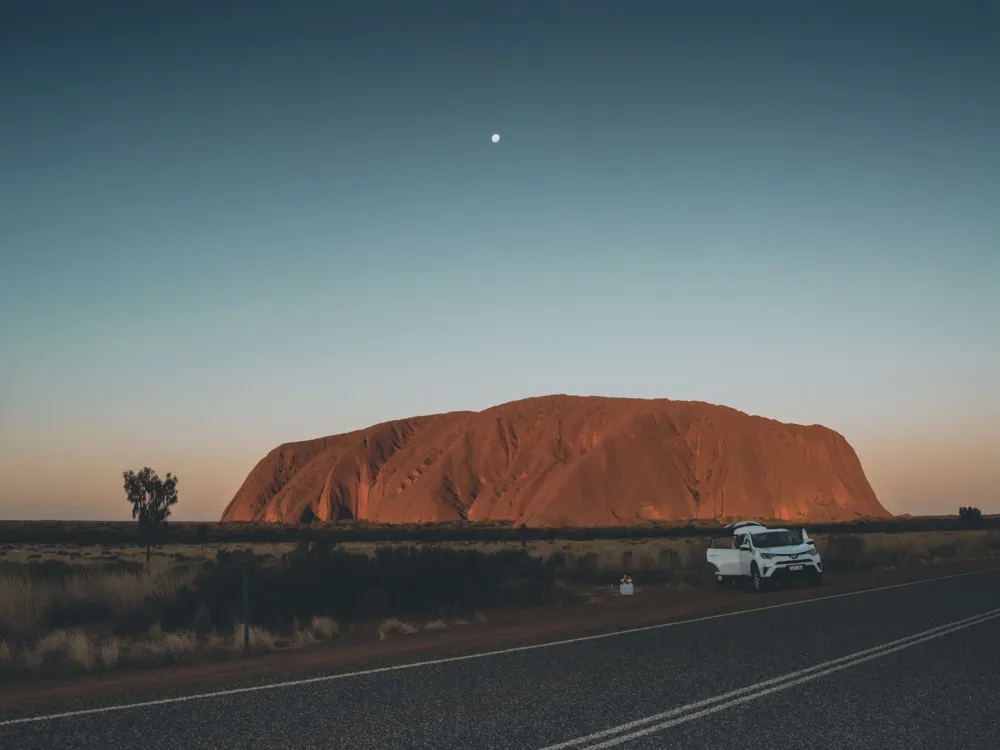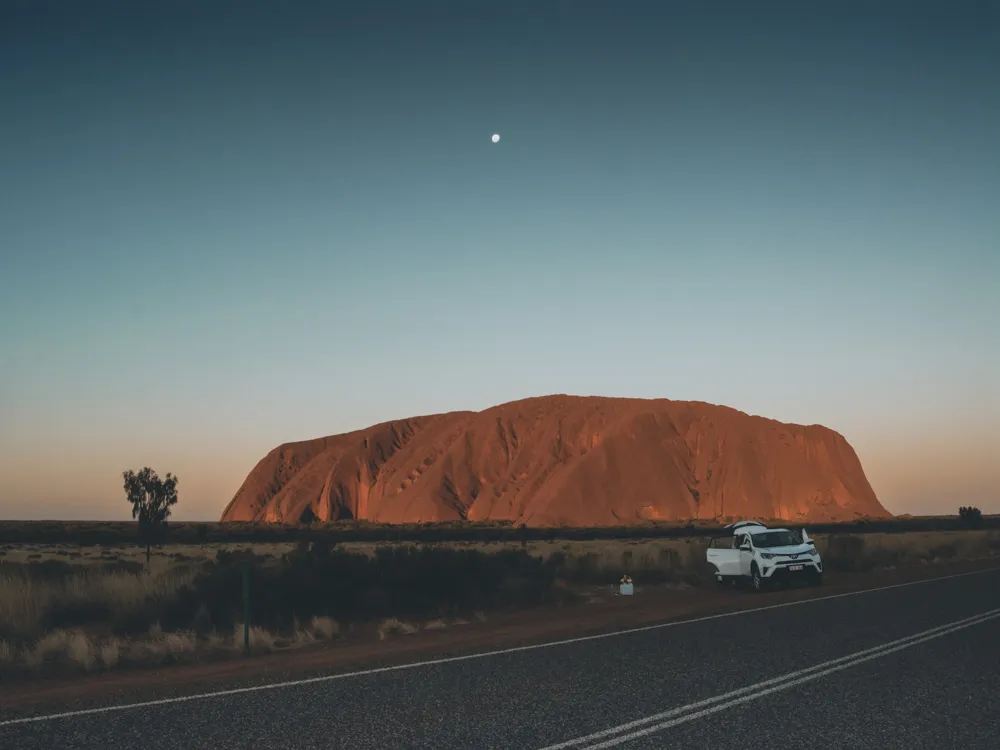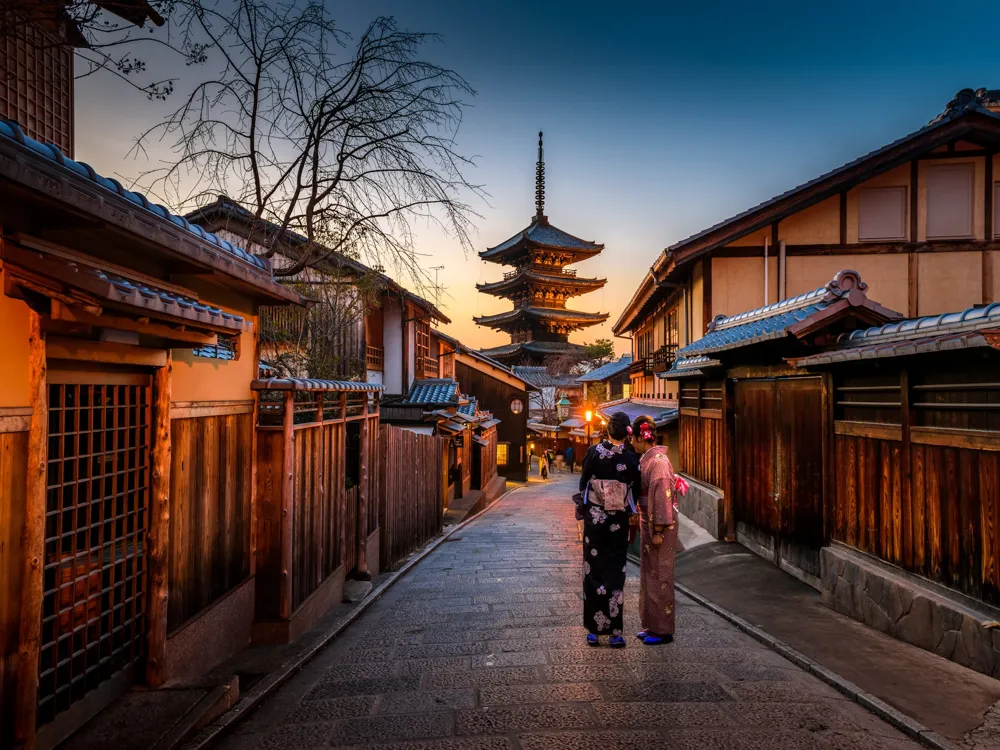Best Time to Visit Uluru
Australia
6 out of 96 Places to visit in AustraliaNaN onwards View Packages
Get Customized PackagesThe Land of Diversity
Top Hotel Collections

Private Pool

Luxury Hotels

5-Star Hotels

Pet Friendly
What is the Best Time to Visit Uluru?
Uluru, the iconic sandstone monolith in the heart of Australia, beckons travelers with its awe-inspiring beauty throughout the year. Determining the best time to visit Uluru involves understanding the diverse seasons that shape its landscape.
More about Best Time to Travel to Uluru
Travel Peak Season in Uluru
Peak season at Uluru, typically from June to August, offers clear skies and mild temperatures. Visitors can revel in the breathtaking sunrise and sunset views, with the vibrant hues of Uluru and Kata Tjuta creating a mesmerizing spectacle.
Travel Offseason in Uluru
For those seeking a quieter experience, the offseason from December to February provides a unique charm. While temperatures soar, fewer tourists mean a more intimate encounter with the spiritual and cultural significance of Uluru.
Uluru Travel Packages
View All Packages For Uluru
Uluru in Shoulder Season
Embracing Tranquility
The shoulder seasons of March to May and September to November offer a balance between favorable weather and fewer crowds. During these periods, the temperature is moderate, making it ideal for exploration without the bustling tourist masses.
Uluru in Hot Season
Experiencing the Red Center Heat
Venturing into Uluru during the hot season (December to February) brings forth a unique experience. The scorching temperatures add an adventurous touch, creating an opportunity for those seeking solitude amidst the striking desert landscape.
Uluru in Rainy Season
Nature's Dance in the Rain
Contrary to popular belief, the rainy season (December to March) paints Uluru in a different light. The occasional downpours transform the arid desert into a lush, vibrant landscape, showcasing nature's resilience and beauty.
Uluru in Cool Season
Crisp Air and Starlit Nights
The cool season (May to August) unveils Uluru's charm with crisp air and clear night skies. It's a time when stargazers can marvel at the Southern Hemisphere constellations, adding a celestial touch to the already enchanting surroundings.
In conclusion, the best time to visit Uluru depends on individual preferences, whether it's the allure of peak season vibrancy, the tranquility of shoulder seasons, or the unique experiences offered during the offseason and hot or rainy seasons. Each period provides a distinct perspective, allowing visitors to tailor their Uluru adventure based on personal tastes.
Places To Visit In Uluru
View All Places To Visit In Uluru Kata Tjuta National ParkNearby Places Uluru
Uluru Photos
View All Photos For UluruBrowse Package Collections
Browse Hotel Collections
Faq
Q: What is the best time to visit Uluru?
A: The best time to visit Uluru is during the shoulder seasons of autumn (March to May) and spring (September to November). During these periods, the weather is mild, and you can avoid extreme temperatures.
Q: Are there specific months to avoid visiting Uluru?
A: It's advisable to avoid visiting Uluru during the summer months (December to February) when temperatures can soar, making outdoor activities uncomfortable. Additionally, extreme heat may lead to temporary closures of certain attractions.
Q: What is the weather like during the recommended months?
A: During autumn and spring, the weather at Uluru is pleasant, with daytime temperatures ranging from 20 to 30 degrees Celsius (68 to 86 degrees Fahrenheit). Nights can be cooler, so bringing layers is recommended.
Q: Are there any special events or festivals during the ideal months to visit?
A: Yes, some events take place during the shoulder seasons. Check the calendar for events like the Field of Light exhibition, which is a mesmerizing light display set up in the desert, adding a unique experience to your visit.
Q: Can I visit Uluru during the winter months?
A: Winter (June to August) is another viable time to visit Uluru, but be prepared for cooler temperatures, especially during the evenings. Daytime temperatures range from 15 to 25 degrees Celsius (59 to 77 degrees Fahrenheit).


